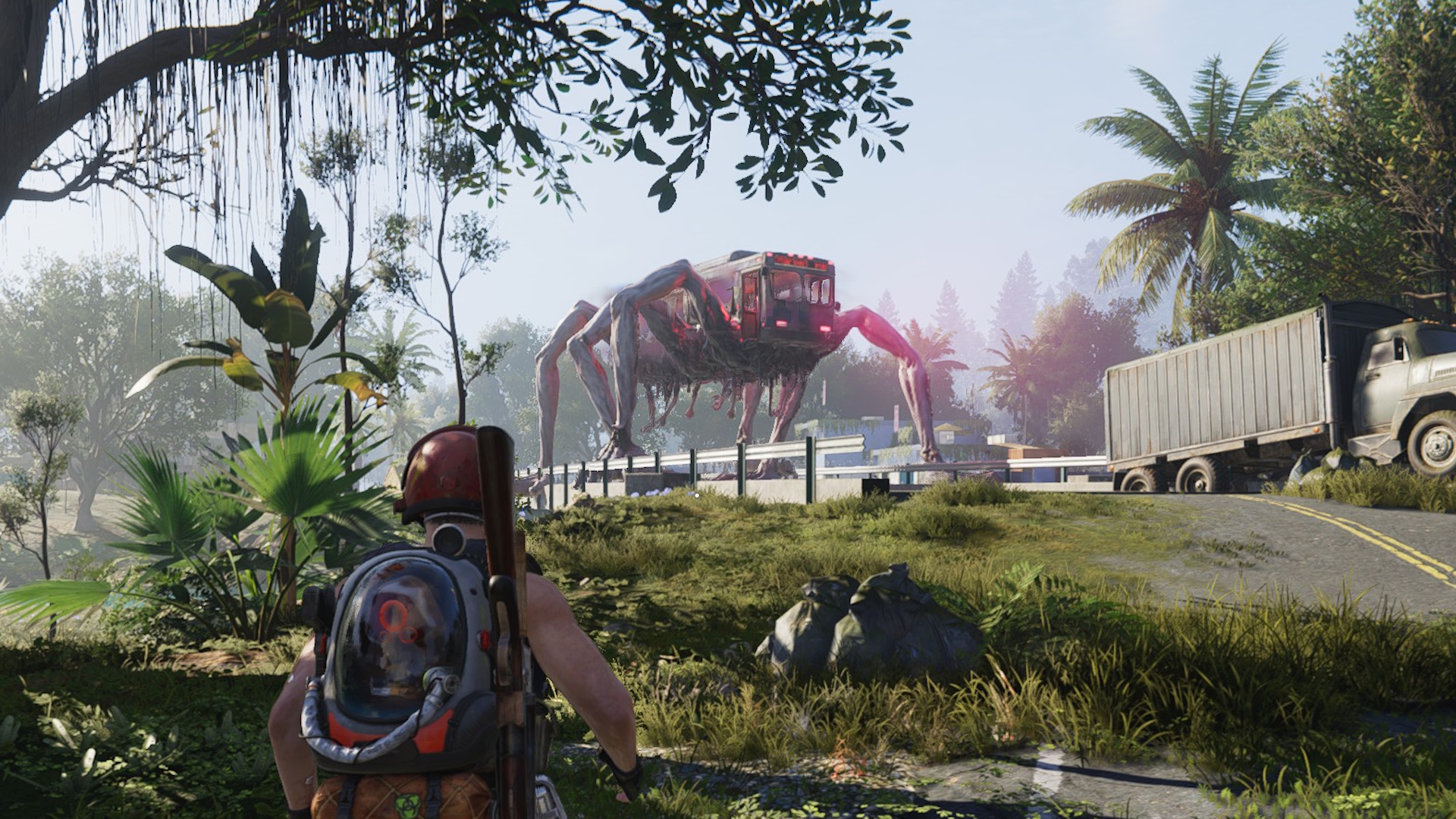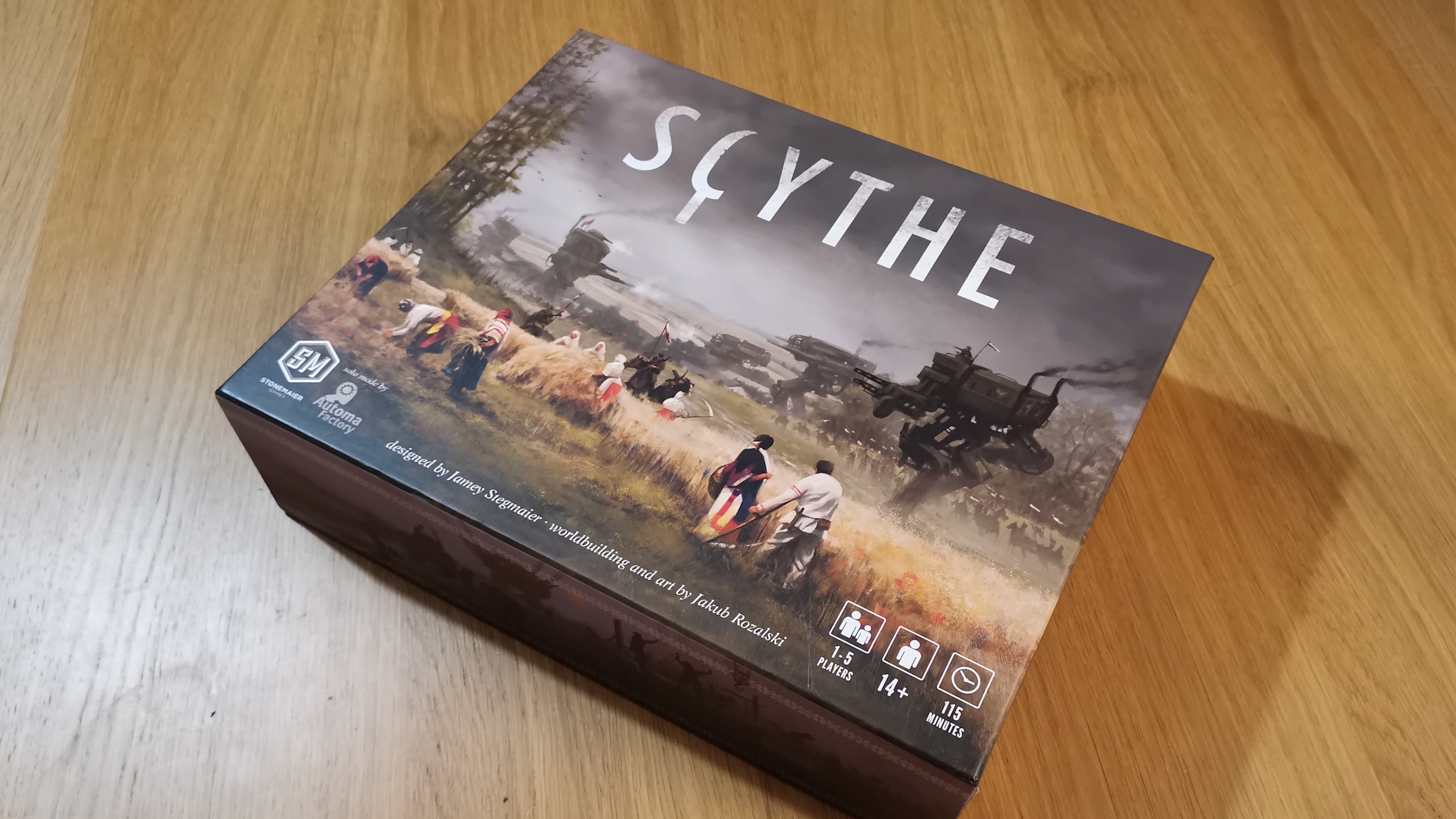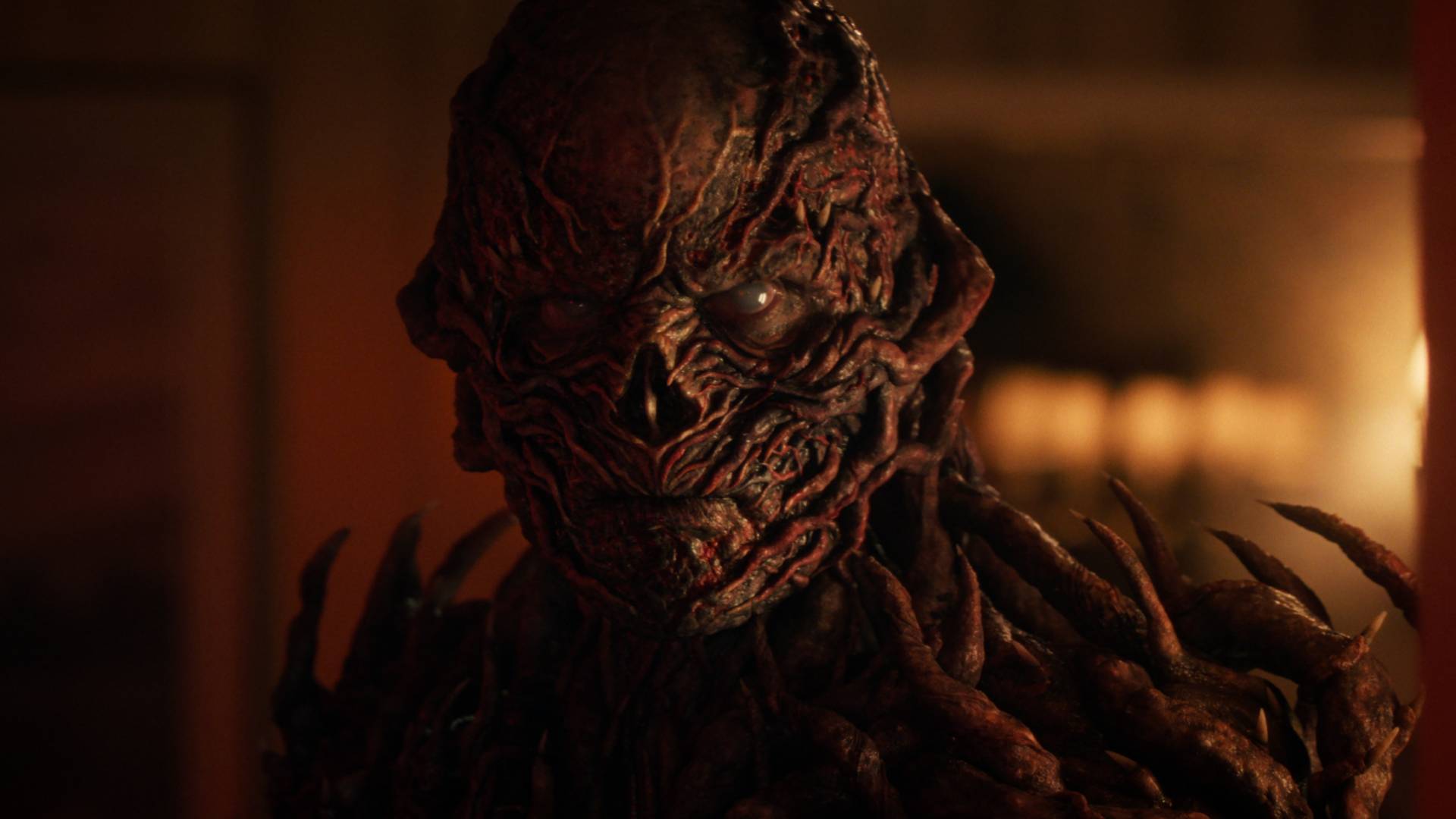GamesRadar+ Verdict
Once Human offers a world full of strange creatures that's refreshingly unique in the survival MMO genre, but that world is populated by derivative gameplay and boring combat and never matches the potential of its premise.
Pros
- +
Genuinely cool, strange monsters, with a scale that can make them frightening
- +
Massive world offers a lot of variety in locations to explore
- +
Some inventive gameplay scenarios, like getting lost into a Backrooms-like maze
Cons
- -
Repetitive combat with stupid enemies
- -
Generic gameplay systems add nothing to the paranormal feel
- -
Thin story, often with simple, uninteresting mission design
Why you can trust GamesRadar+
The most iconic image to come out of Once Human is a mutated, insectile city bus. Instead of wheels, it has sprouted six huge, fleshy legs that carry it down the street like a giant insect, lifting the vehicle 15 feet off the ground. Except they're not legs, they're arms, so this thing is walking around on enormous hands with skin peeling back in places to reveal dark crimson gore, with the very air emanating from the thing twisting and warping reality around it.
The first time I saw one of those buses lumbering down the road, I turned my motorcycle right around and sped off in the opposite direction. But I was grinning the whole time, because a mutant murder bus walking on flesh arms was exactly the kind of thing I wanted out of Once Human.
The second time I encountered a bus with arms, I noticed a glowing yellow treasure chest inside, the kind I'd been looting in farms and suburbs and defunct factories for hours. When the bus didn't react to me at all, I realized the truth: Its only function was to plod back and forth over that small stretch of highway, doing nothing but waiting for someone to jump aboard to claim some random loot.
The bus is Once Human in microcosm. Sometimes the game drops something delightfully unusual, fascinating, and strange on you. But you quickly find that there's little beneath the spooky surface; a scary bus with hand-legs is just a weird-looking place to find a run-of-the-mill treasure chest. It was never scary at all.
Mad world
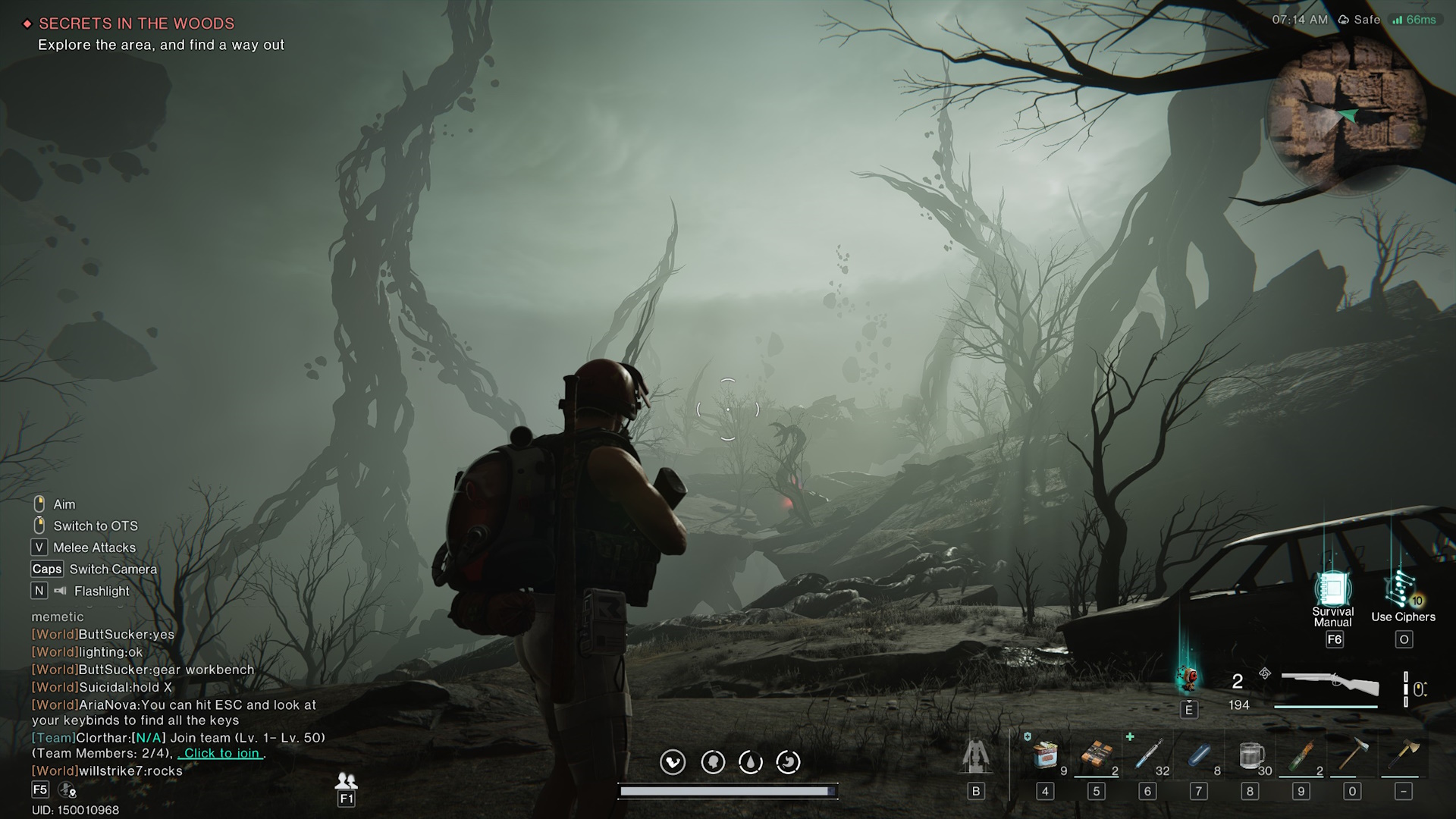
Release date: July 9, 2024
Platforms(s): PC, Mobile
Developer: Starry Studio
Publisher: NetEase Games
Once Human is a survival MMO set in a post-apocalyptic world that is, quite often, imaginative and almost horrific. 20 years ago, an interdimensional event called Starfall infected the world with cosmic horrors called deviants and a mostly lethal, sometimes mutagenic gunk called stardust that creates more deviants. These are often excellently gross or inventive combinations of organic and inorganic material — giant bugs with light bulb thoraxes, people with theater spotlights where their heads should be, a huge and lumbering hulk made out of birthday balloons crammed in a business suit. (The balloon guy is the deadliest thing I've encountered in Once Human, and easily the goofiest. He's also my favorite thing in the game.)
Most deviants are homicidal monsters, but some are friendly and helpful, and some are just people. You meet a guy with a TV for a head who is obsessed with justice and gives you bounty missions, and when you finish them, you get a chance to talk to an imprint of the person who requested the bounty, magically saved within the TV guy's mind. Other deviants are just random objects come to life, like a talking vending machine that considers bottles sold from it to be its missing children, or a six-foot stuffed dinosaur that loves gourmet cooking.
This variety of creatures that swings between the obviously horrific and the strange or even cute sets a tone for Once Human that really works. It feels delightfully different from just about any other game in the survival subgenre, even if the individual parts are all highly derivative — visuals and ideas harken back to Control, Ghostwire: Tokyo, Redfall, and The Evil Within 2, as well as films like Annihilation and even internet phenomena such as the Backrooms and artist Trevor Henderson's Siren Head.
Weekly digests, tales from the communities you love, and more
With so many games that conjure up either a Mad Max or Dawn of the Dead aesthetic, having a game populated by monsters that are sometimes horrific and sometimes just plain weird makes Once Human fresh and unique. And even though you'll soon discover that, alongside everything else it's borrowing from, Once Human is also pulling from both Mad Max and Dawn of the Dead, thanks to its enormous and varied map, I always felt the pull to keep exploring just to see what new strangeness might be out there.
The deviants aren't just characters in the story, either. Like in Palworld, you can capture a bunch of them to use either in combat or to leave in your personal base, where they automate some elements of gathering and crafting. The system for using them isn't especially robust, so this isn't quite like Pokemon with SCP entries. In combat, you can summon a deviant to attack enemies, but your only options for orders are to pick a specific target or let the deviant go wild, and they only last a few seconds regardless. But their presence, alongside creative enemy design, helps build on the exciting sense that you have to adapt to an alien world in Once Human, even if that world is born from remixing elements from a variety of well-known sources.
Despite all those otherworldly creatures to fight, though, Once Human's third-person shooter combat is consistently bland and dull. That's not because of the shooting, which uses familiar but solid weaponry like sniper rifles, assault rifles, shotguns, and pistols. All of them feel punchy and good to shoot, especially when aiming down sights, and each has its own strategic places in your arsenal. The enemies you shoot with them, however, are generally dim and unthreatening.
Somehow, whether monsters, zombies, or gun-toting stereotypical raider gangs and corporate soldiers, almost none of Once Human's enemies are fun to fight. Most attack slowly and then stand still and wait for you to drop them with a headshot or six, depending on their level. Even against huge creatures, the most engaging of the fights, combat struggles to convey any weight or intensity. Pathing is easily screwed up by any random object, making your constant scramble to avoid getting hit start to feel like cheating. Enemies will often swing at you from well out of range but a hit will register anyway, like in older, more latency-heavy MMOs. In the vast majority of situations, fights feel more or less the same; it's only which gun you're using to shoot the weak spot that's different.
Even Once Human's huge, twisted bosses never really put up much of a fight (apart from the last one), despite the fact the game recommends you group up with other players to take them on. There is a pretty simple, handy grouping system for quickly putting together teams of up to four players whenever you want one, and I did that for the first fight, but quickly found most of the bosses were so simple that I didn't need the help. Despite being enormous, they largely feel like they belong in a game from 20 years ago, rattling off a few easily read, easily avoided attacks while I dump a huge amount of gunfire into their glowing weak spots.
Less than the sum of its parts
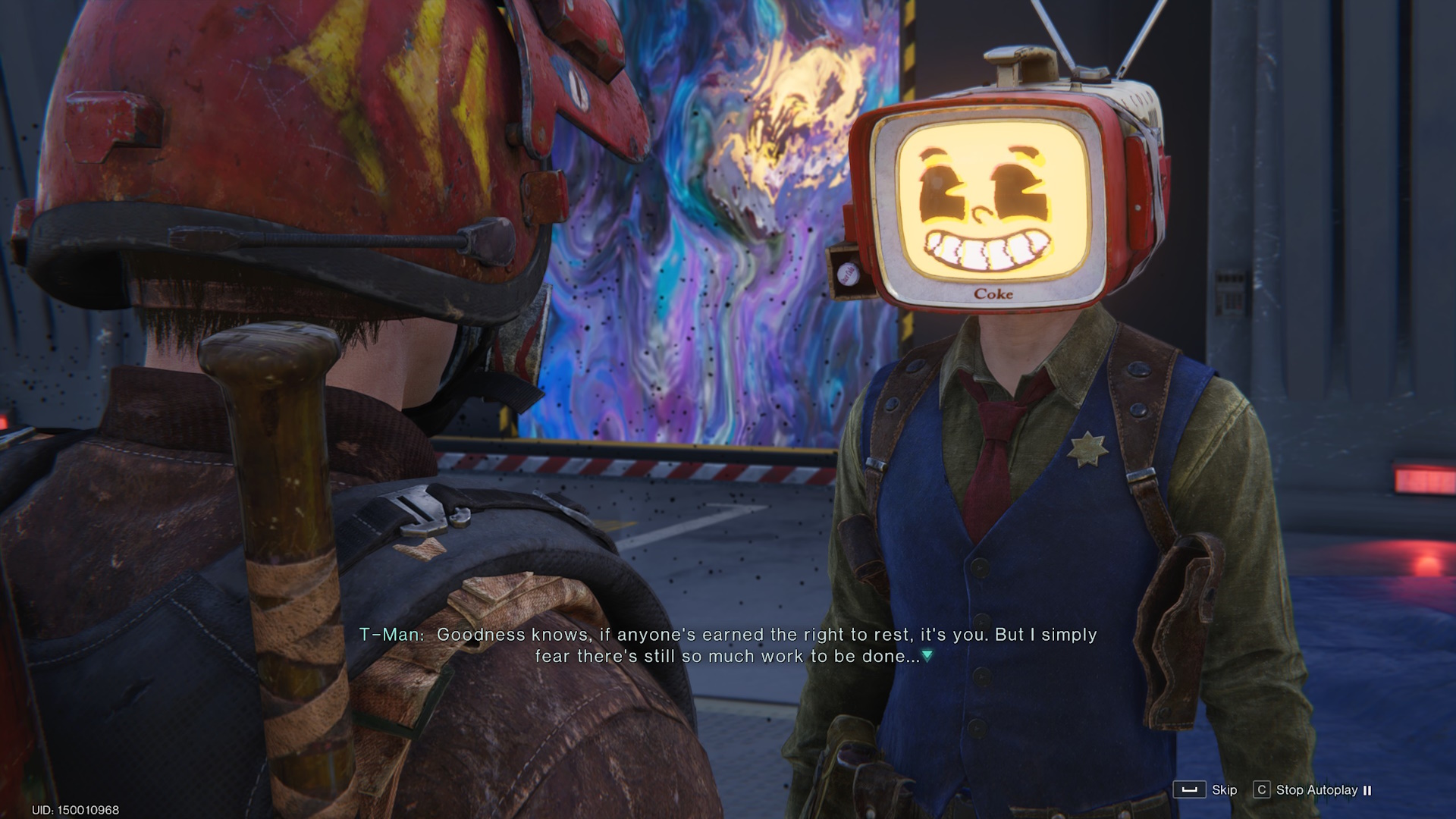
Once Human also includes survival and crafting mechanics that are, at least, more competent. Where combat and the deviant system are thin and monotonous, crafting is expansive, giving you a lot of opportunities to do things like build a big, nice-looking house, upgrade gear, and customize your play by constructing armor sets and weapons with particular bonuses. The crafting and survival elements are formulaic, though, and feel stapled on like they were lifted wholesale from a different game.
The story, meanwhile, is just as inconsistent as the combat. The larger tale of a corporation experimenting on deviants for their own evil goals feels both rote and underdeveloped, but a few quests are pretty engaging, especially when Once Human digs into smaller, more human stories about survivors and the horrors that have befallen them. Several quests offer some intriguing gameplay scenarios, too, like a venture through tight, narrow hallways where you realize you're being pursued by creatures that freeze when you look at them, or a battle against a creature made out of a traffic light that turns you to stone if you move when the light is red.
But lots of quests are hit-or-miss, especially among the many side missions you're stuck doing to grind experience so you can handle tougher content. Most of the time, you're just following waypoints and clicking on boxes or notes until a quest is completed. Even the more interesting and involved puzzles, where you might have to figure out a door code from environmental clues, are short-circuited by the game just giving you the solution in the quest details. The result is that you spend most of your time just following a line on the map until you get to a destination and click a thing, interspersed with lackluster fighting.
In the vast majority of situations, fights feel more or less the same.
It must be said, though, that Once Human offers a ton of content, especially for a free-to-play title. The world map is titanic and sprawling, with a lot of fun locations to explore that range from flooded neighborhoods and swampy marshes to red mesas and collapsed skyscrapers. The live-game aspect also brings in new cooperative seasonal activities and rewards that change as often as weekly, giving the sense of a world that's changing around you as time goes on. So while the actual gameplay can swing wildly between engaging and dull, you at least get a lot of bites at the apple to find something that's fun.
And while Once Human is awash in the confusing menus, currencies, events, and rewards that tend to plague live-service games, its purchase options are purely cosmetic, and it doesn't beat you over the head trying to get you to spend. Over 35 hours, I never once felt pressured to spend a dime.
There are good ideas in Once Human, especially in an interesting and unique-feeling post-apocalyptic world that is, often, weird in the best way. But like the crawling bus, its more original elements hide dull and generic ones. Some, like crafting and survival, feel tacked-on to a straightforward open-world questing experience. Others, like combat, are hollow and repetitive. Once Human has plenty of cool cosmic horror style, but it can't hide the fact that there's not much substance lurking underneath the surface.
Once Human was reviewed on PC. Phil Hornshaw was formerly employed by NetEase Games in 2023, but did not work on Once Human in any capacity during his time with the company.

Phil Hornshaw is a freelance journalist covering video games, technology, and entertainment, who has somehow been at this for more than a decade. Outside the realm of games, he's the co-author of the books So You Created a Wormhole: The Time Traveler's Guide to Time Travel and The Space Hero's Guide to Glory. Right now, he's probably thinking way too deeply about stories and lore of some kind or another.
